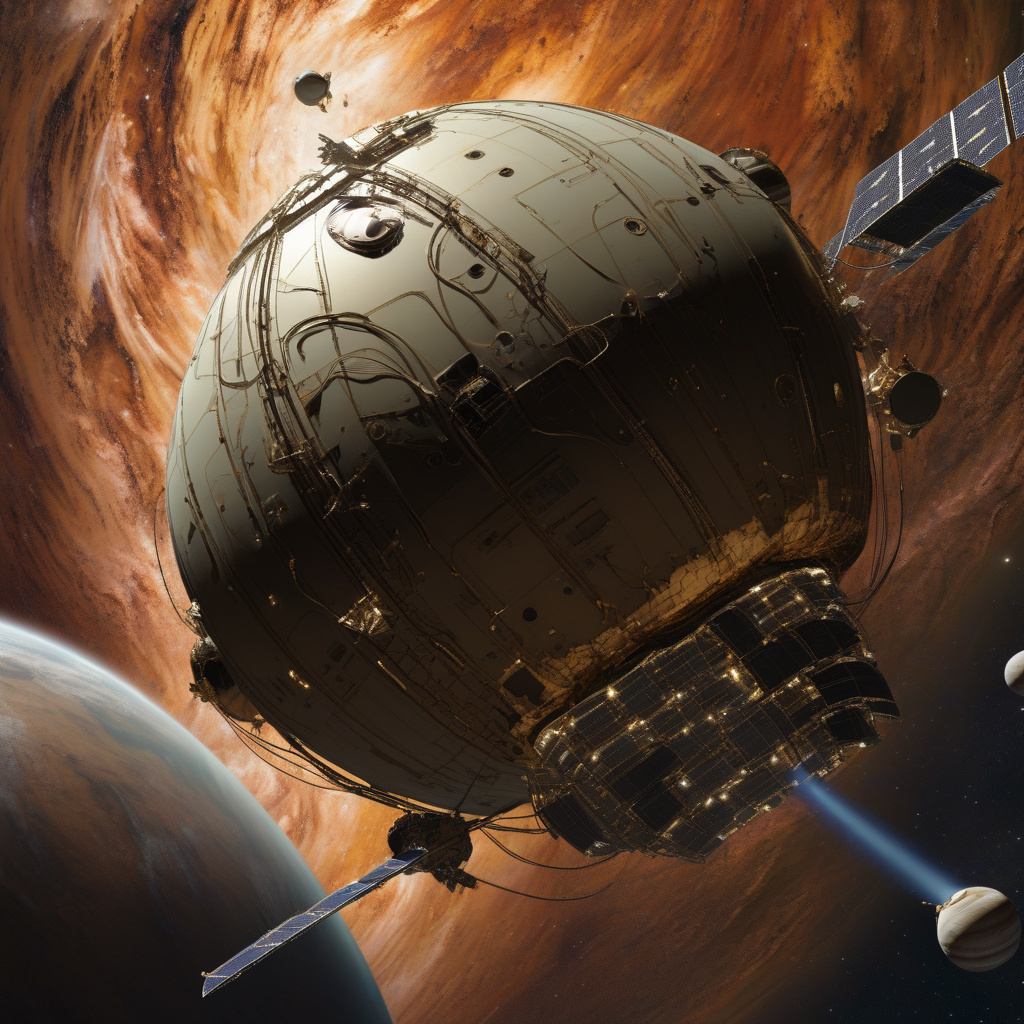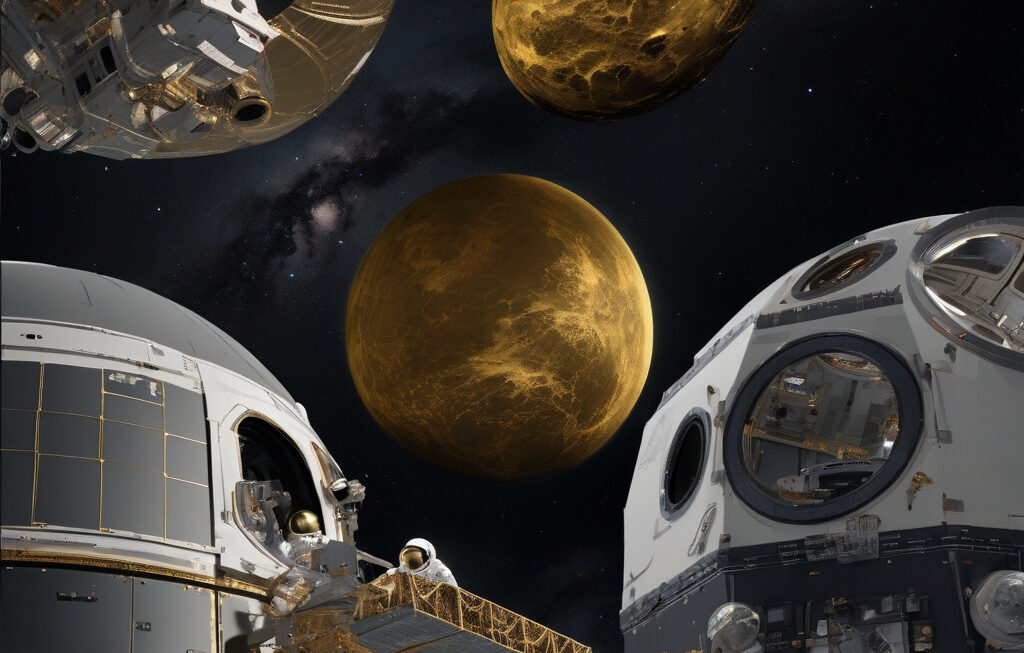The Looming Threat of Kosmos 482: The Soviet Venus Probe That Could Crash to Earth
Half a century after its launch, Kosmos 482 — the doomed Soviet Venus probe that weighs over 1,000 pounds — is still haunting the skies above us. Launched in March 1972, this space relic has been drifting in orbit, posing a potential threat of crashing back to Earth after 53 years of its solitary journey through the cosmos.
The story of Kosmos 482 is a reminder of the remnants left behind by the early space exploration endeavors of the Soviet Union. Originally intended for a mission to Venus, the probe never made it past Earth’s orbit due to a rocket malfunction. Since then, it has been circling the planet, gradually losing altitude as it interacts with the Earth’s atmosphere.
As it descends, the decaying orbit of Kosmos 482 raises concerns about its potential re-entry into the Earth’s atmosphere. Given its hefty weight and the materials it was built with, there is a possibility that some parts of the probe could survive the fiery re-entry and reach the Earth’s surface. While the likelihood of any damage or casualties resulting from this event is low, the unpredictability of such a re-entry remains a cause for worry.
The case of Kosmos 482 echoes the broader issue of space debris and the need for better space sustainability practices. With an increasing number of satellites, probes, and other objects orbiting the Earth, the risk of collisions and re-entries is a growing concern for space agencies and the global community. Initiatives like the European Space Agency’s Space Debris Office and NASA’s Orbital Debris Program Office are actively monitoring and mitigating the risks posed by space debris, including defunct satellites and old rocket stages.
In the case of Kosmos 482, experts are tracking its orbit and predicting potential re-entry scenarios to assess the risks involved accurately. While the exact time and location of the probe’s re-entry remain uncertain, the possibility of it crashing into a populated area is considered minimal due to the vast stretches of uninhabited land and oceans on Earth’s surface.
Nevertheless, the looming threat of Kosmos 482 serves as a stark reminder of the long-lasting impact of human activities in space. As we continue to explore and expand our presence beyond Earth, it is crucial to prioritize sustainability and responsible practices to ensure the long-term viability of space activities. By addressing the challenges posed by space debris and defunct satellites, we can safeguard future missions and prevent potential risks to both space infrastructure and life on Earth.
In the case of Kosmos 482, the hope is that its re-entry, whenever it may occur, will be a controlled descent that minimizes any potential harm. As we await the final chapter of this Soviet Venus probe’s journey, let it serve as a cautionary tale of our past ambitions in space and the enduring legacy they leave behind.
space debris, Soviet space probe, Earth re-entry, space sustainability, responsible space practices












